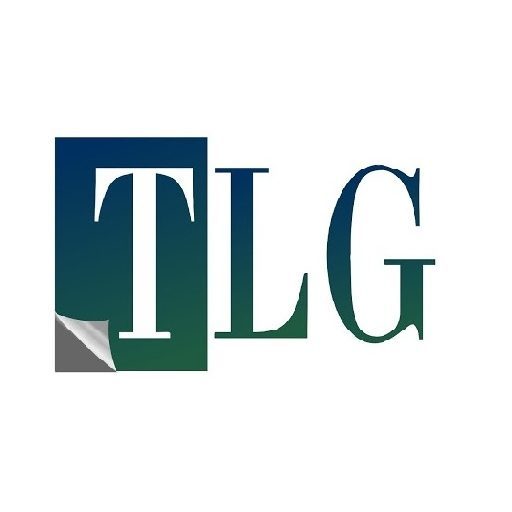The protection of patients’ privacy and information is always considered to be paramount in the healthcare sector and with the proliferation of electronic health records (EHRs), telemedicine as well as interconnected medical devices, the healthcare sector faces diverse and never ending cybersecurity threats. These can range from data breaches to ransomware attacks, potential risks to patient privacy and safety is very significant. Healthcare companies are therefore considered as one of the most threatened industries by cybersecurity risks. This is exactly why the effective management of cybersecurity risks is important for the safeguarding of the patients’ information and building and maintaining the trust in healthcare landscapes.
What can be the Potential Risks in Healthcare?
Healthcare organisations have huge amounts of sensitive patient data which includes medical records, billing information as well as personal identifiers. This amount of private data makes it a magnetic target for cybercriminals who are looking to exploit these vulnerable individuals.
The interconnectedness of the healthcare networks and the increasing utilisation of mobile phones and cloud computing can also further increase these risks.
There are many ways in which healthcare systems may attract cybersecurity threats such as :
- Unauthorised access to patients’ records
- Ransomware attacks where the data is made inaccessible unless a ransom is paid
- The employees or workers who are in the organisation might misuse or steal the information
- Mails and messages may be created to trick individuals into revealing their sensitive information or downloading malware
- Employee negligence, like losing a laptop with the personal information
- A computer virus which may take months to eliminate
- Breakdowns in a supplier’s security which may lead to data breaches or system outages which are not easy to control or prevent
- Phishing, where attackers steal the login credentials
These risks can expose a healthcare organisation to significant liability, operational disruptions and also reputational damages. Which is why it is acutely crucial to manage and mitigate these risks on time.
How can one manage these Cybersecurity Threats?
As the healthcare organisations face many such security challenges, there is still room for improvement. If one wants to manage and mitigate such cybersecurity risks, they need to have a multifaceted approach which includes technical, organisational as well as a regulatory remedy.
They can follow the below given strategies to effectively manage cybersecurity risks in healthcare :
- Regularly conducting risk assessments so that one can identify potential vulnerabilities and threats to patient information.
- One can also implement effective security controls which includes encryption, access controls as well as installing intrusion detection systems.
- Healthcare sectors also need to educate their staff well as human errors can also contribute remarkably to such threats.
- Healthcare organisations should secure their connected medical devices by implementing strong authentication mechanisms, encryption protocols, and regular security updates for all connected devices.
- One should have a structured incident response plan to effectively respond and mitigate the impact of cyber threats.
- As cybersecurity is a collective responsibility, it requires a collaboration among the healthcare organisations, government agencies as well as cybersecurity experts to have a collective resilience against cyber threats.
- One can also improve their third party security, as in blending the efforts between risk assessments, security ratings as well as Vendor Tiering. It has been reported that almost 60% of data breaches can occur via a third party vendor.
- Healthcare sectors should spread awareness and implement multi factor authentication as it is one of the simplest security controls to implement and usually can be enough to stop an attack attempt.
- One should also increase visibility as an attack surface monitoring solution can instantly display all vulnerabilities related to cloud solutions within a private network.
To sum up, managing cybersecurity threats in a healthcare landscape can be a complicated process and it needs a proactive and collaborative approach, as it is extremely vulnerable and attracts many such threats and risks. If one implements all the security measures and spreads awareness about such threats, then one can stay protected and also save a patient’s personal information from getting misused in any way. Another way could be by improving their defences against advanced cyber threats by embracing a security platform. As the cybersecurity threats are changing and evolving with time, the healthcare organisations must remain vigilant and on their toes to adapt to such emerging threats and safeguard patient privacy and safety in this interconnected and increasingly digital world.




